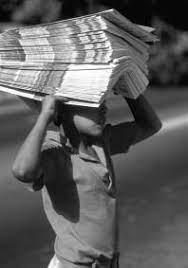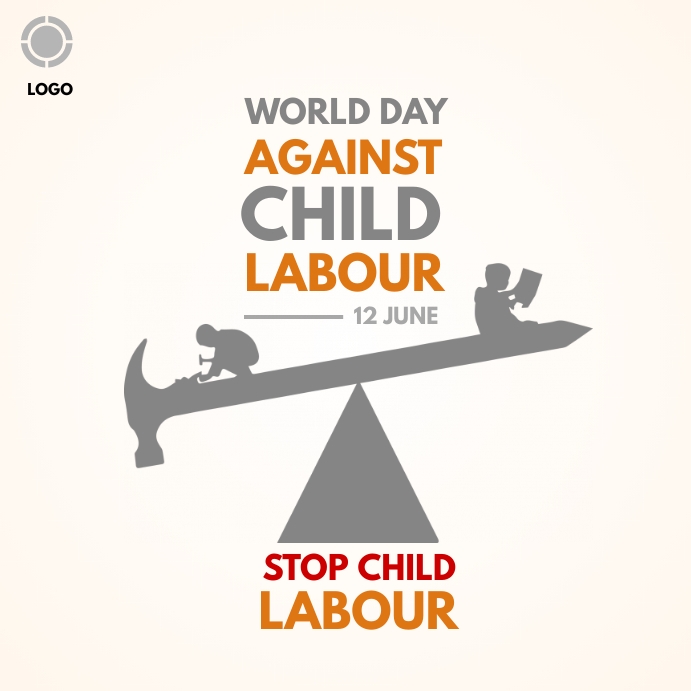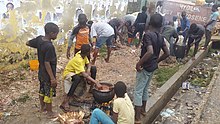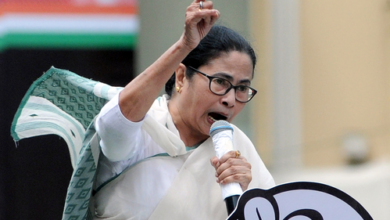Odisha Still Enjoys A Dubious Distinction In Child Labour Rating

By D N Singh
It was evening hours when I was outside the railway station just waiting to pick up someone coming by train. Soon the misty evening morphed under the street illuminations to become night of June 12.
The Day that figures out as the World Day Against Child Labour. We still muscle through the odds to help a child from gruesome physical labour to survival.

There from under an electrical post, hazed in partial , darkness, I heard the noise of fisticuffs between two young boys in their early teens. They were fighting, standing, rolling on the ground and getting up, one boy trying hard to snatch something in the other’s possession.
I and an auto-riksaw driver volunteered and separated the duo and in one’s hand we discovered a Dendrite tube. That was they fighting for. Children inhale its fumes and get stoned, one of them confessed. It is an addiction of sort.

Both the boys, Himmat and Babla (names changed) were street urchins and labour is their only means of livelihood. One of them was from Khadagpur and the other one from near Jatni, who stay in separate shanties with their parents who indulge in daily wage.
So, to come back to the real topic of the day is, Odisha still enjoys the dubious distinction of being one of the highest child labour populated states with an abnormal increasing number since the last census on child labourers in Odisha by the State Labour Department in compliance with the order by the Supreme Court in 2013.
When Odisha accounted for 2.15 lakh child labours and that was more than half of the total child labours in India of which 121,526 were boys and 93,696 were girls.
The children in the age group of nine to eleven work and many of whom work in most hazardous sectors besides being rag-pickers. Family circumstances were stated to be the main reasons behind their engagement in such arduous areas.
In February 2019, a written reply by the Minister of Labour and Employment in the Parliament had disclosed that 10,826 Child Labour Act violation cases were reported in the country in the last four years of which only 6,032 cases (56%) went to the stage of prosecution. Odisha reported 4517 cases and accounts for almost 42% of the cases reported nationally.
Notably, manufacturing sector accounts for more than 15 percent of child workers followed by trade, hotels, and restaurants. Many children are engaged in various hazardous occupations such as tobacco rolling, labelling, and packaging; collection and assembly of charcoal and coal; work in motor garages; labourers in brick kilns and stone quarries; making and selling country liquor; and workers at matchbox and fireworks factories.
It all snatches away their childhood and innocence, besides the dangers to the health and of course life. That is how their childhood gets marooned in the thick of neglect of the nation.
The Ganjam administration on World Day Against Child Labour on Sunday announced a reward of Rs 50,000 for sharing credible information with district officials on child labourers in the region.
So that is where we are. Near street vendorts to big factories, the dearth of vigil gets exposed by such an announcement to say the least.
.






